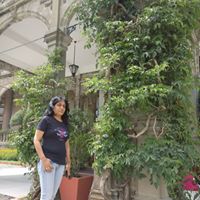Why do married Hindu women wear "Mangalsutra"?
An inevitable part of Hindu marriage ceremony, "Mangalsutra" refers to revered symbol of wedlock. It is a sacred thread made of two strings of small black beads with a locket or pendant. It is an ornament worn by women to signify martial status. While it is known as the thaaly or maangalyam in Kannada, Telgu, and Tamil Southern India, people in the northern part of India calls it Mangalsutra. On the wedding day, the groom ties the "Mangalsutra" around the neck of the bride, while the priest recites Vedic hymns and prays. It signifies the union of the bride and the groom, amidst the presence of deities, who are believed to be attending the marriage.
In Sanskrit, 'mangala' translates to sacred and 'sutra' to thread. Considered auspicious for married women, mangalsutra is believed to have divine powers. Each of the black beads in the Mangalsutra, signify protection from evil power and are believed to protect the marriage of a couple, essentially the life of the husband. Hindu women feel superstitions, when this scared thread breaks or gets lost. A "Mangalsutra" is believed to regularise a woman's blood circulation.
In the present times, mangalsutras are boasts of various designs and patterns. Now, women prefer to wear short lengths one, that too with a single string. However, the black beads have still managed to remain constant, as such, mangalsutra surely symbolizes the real essence and concept of a Hindu marriage.
More Info:
en.wikipedia.org










